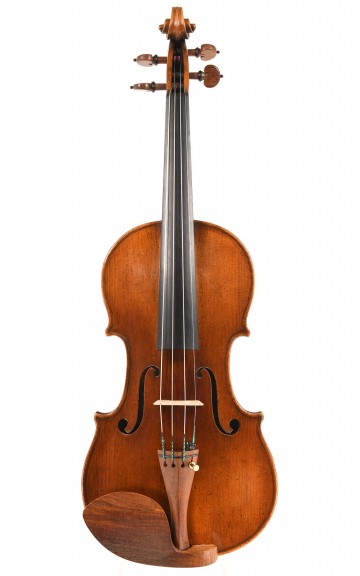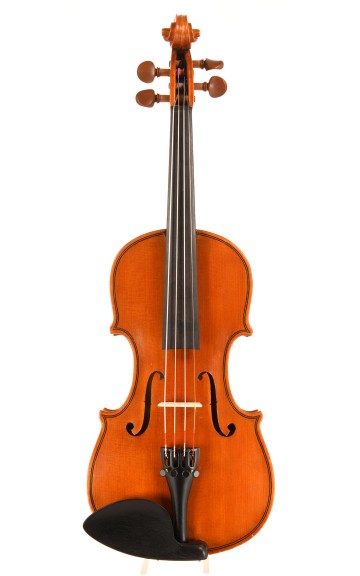The definition and systematic classification of violin research
Researching stringed instruments is a subdiscipline of the study of musical instruments and thus is a branch of musicology in the broader sense of the word. This definition shows that like musicology itself, violin research is an inherently interdisciplinary subject in which aspects of cultural science, sociology and natural sciences converge. This is still the case even when the field is defined in a comparatively narrow sense and integrates elements aspects of the history of composition or musical ethnology only to whatever extent they are directly relevant to issues of the instruments’ history.
Academic and scientific standards play a key part in every aspect of the work we do at Corilon violins. We consistently operate on a solid foundation of our knowledge of instruments – at our workshop, when we buy instruments and when we restore and sell them. The following questions are the ones we emphasize most.
How can we determine the provenance of a violin?
The historical background of our instruments is a vital topic in our work, since a violin’s provenance is a defining characteristic that is justifiably important in our customers' eyes. We carefully review the information about the instruments' makers using widely established historical and scientific methods – both when it comes to certificates of authenticity and to the sophisticated documentation we provide about the violins, violas, celli and bows in our catalogue. In particular, we work with comparative analyses and consult with historical restorations, changes in the varnish and repairs. As needed, we also turn to very specific procedures and research findings from fields such as dendrochronology or chemical and physical analysis of the varnish to gain information from these complex scientific approaches.
How do optimisation and restoration measures affect the sound of an instrument?
To answer this question, we draw upon both extensive craftsman experience and on physical assessments of the instruments’ materials and the way they were crafted. Which woods, glues and varnishes most effectively correspond to the violins' original condition and offer solutions that will be dependable on a long-term basis? How can we have a positive effect on the vibration characteristics of the instrument? And what exactly does "positive" mean for each given instrument when we take its history and the musical interests of our customers into account? How do we best preserve the inimitable historical character of a voice from an earlier time ― and give its distinctive expressiveness a new freshness for the musical culture of our time?
Which music and which musician is an instrument best suited for?
The catalogue at Corilon violins comprises top-tier master violins, violins, violas and celli from highly regarded historic and contemporary luthiers; these items are solid investments even before their acoustic properties are taken into account. The key priority for us, however, is always finding the unmistakable musical voice of each instrument so that we can provide nuanced recommendations for the personal artistic aspirations of every one of our customers. This awareness of historic and contemporary performance technique and interpretation as well as composition and performance history is what distinguishes the remarkable quality of our work, and to this end we constantly study relevant musicological publications, current research findings and trend analyses.
Related information:
New arrivals in our catalog
Corilon violins atelier for violin making and restoration





